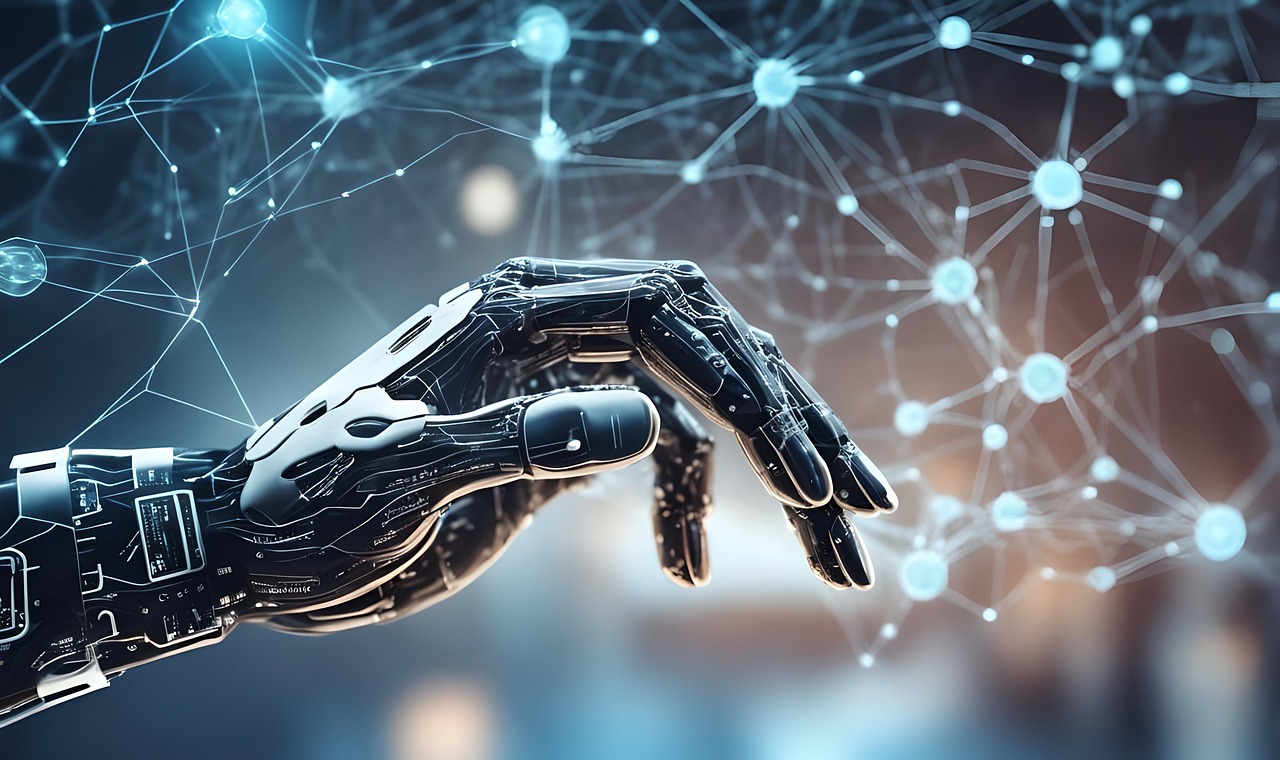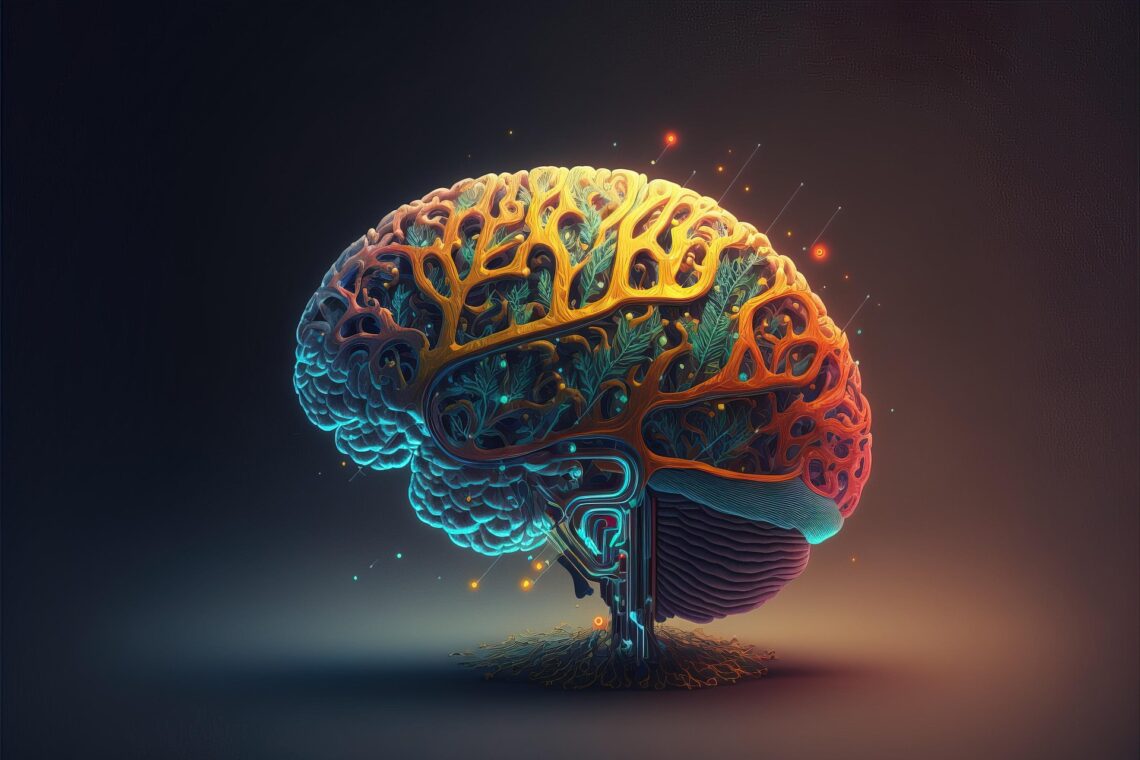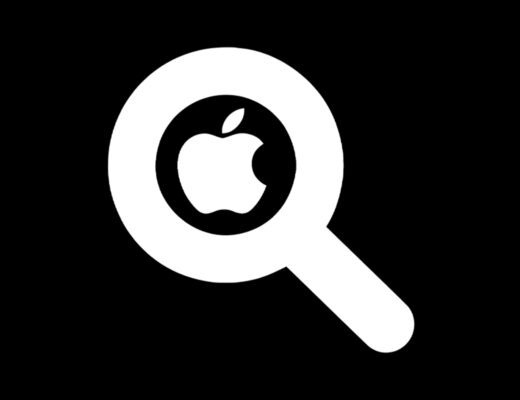How AI agents work: types and features
Artificial intelligence continues to expand its capabilities beyond traditional solutions. AI agents are becoming actively deployed in real-world applications. These technologies can perform more complex tasks than standard chatbots. Their uniqueness lies in the variety of use cases. AI agents can play computer games or analyse multi-functional systems. The range of possible implementations is vast, and the potential is virtually inexhaustible.
Developers envision AI agents as autonomous systems capable of solving a variety of tasks without manual control. In the future, they will be able to replace personal assistants by performing routine operations. Such an agent could be tasked with booking a hotel or tickets, sending out invitations, or reading emails. These technologies can analyse text, video, and audio data.
Agents are still in the development stage, but there have already been successes. One example is Google Astra, an intelligent assistant built into a smartphone. The system analyses objects using the device’s camera and then provides information in various formats: text, audio, and video.
Features of the technology
Researchers have identified a number of criteria for evaluating agents. Among them:
– ability to achieve complex goals without additional instructions, even in a dynamic environment;
– autonomous execution of operations;
– the ability to process information in natural language;
– using a variety of tools, including programming skills and internet searches.
There are two main types of AI agents: software and embodied. The former are applications for computers or smartphones. They work inside the devices and their programmes. Such systems are well suited to office tasks such as sending emails.
Embodied agents are more complex models used in robotics and video games. They can enhance interaction in virtual environments, making digital worlds more realistic. For example, such systems can control NPCs (characters not controlled by the player), increasing the level of interactivity in games.
How an AI agent works
Agents rely on certain algorithms:
1. Goal setting—the system receives a task from a human and prioritises it.
2. Data collection—analyses information from various sources.
3. Task execution—adapts its actions in the process to achieve optimal results.
4. Learning—improves its decisions by receiving feedback from the user.
This type of artificial intelligence works based on the LLM model. In addition, the agents have access to various tools and can use them when carrying out tasks. Thanks to their extensive memory, they remember the actions they have performed and use them to solve similar tasks in the future.
This approach allows the agent to work autonomously. It evaluates different options for solving the task and chooses the optimal one.
Although the technology is still in its infancy, it has great potential for use in various fields.










